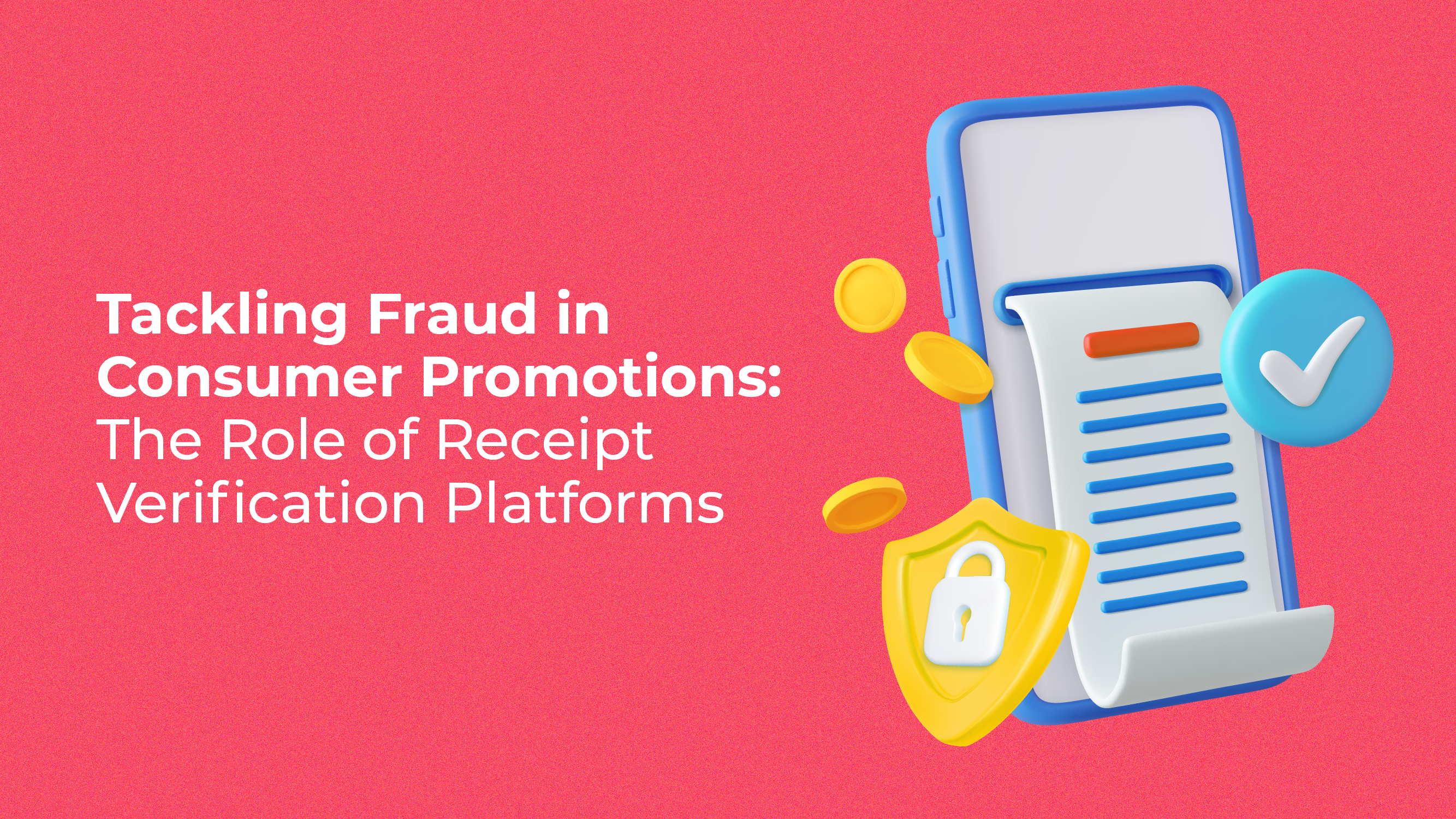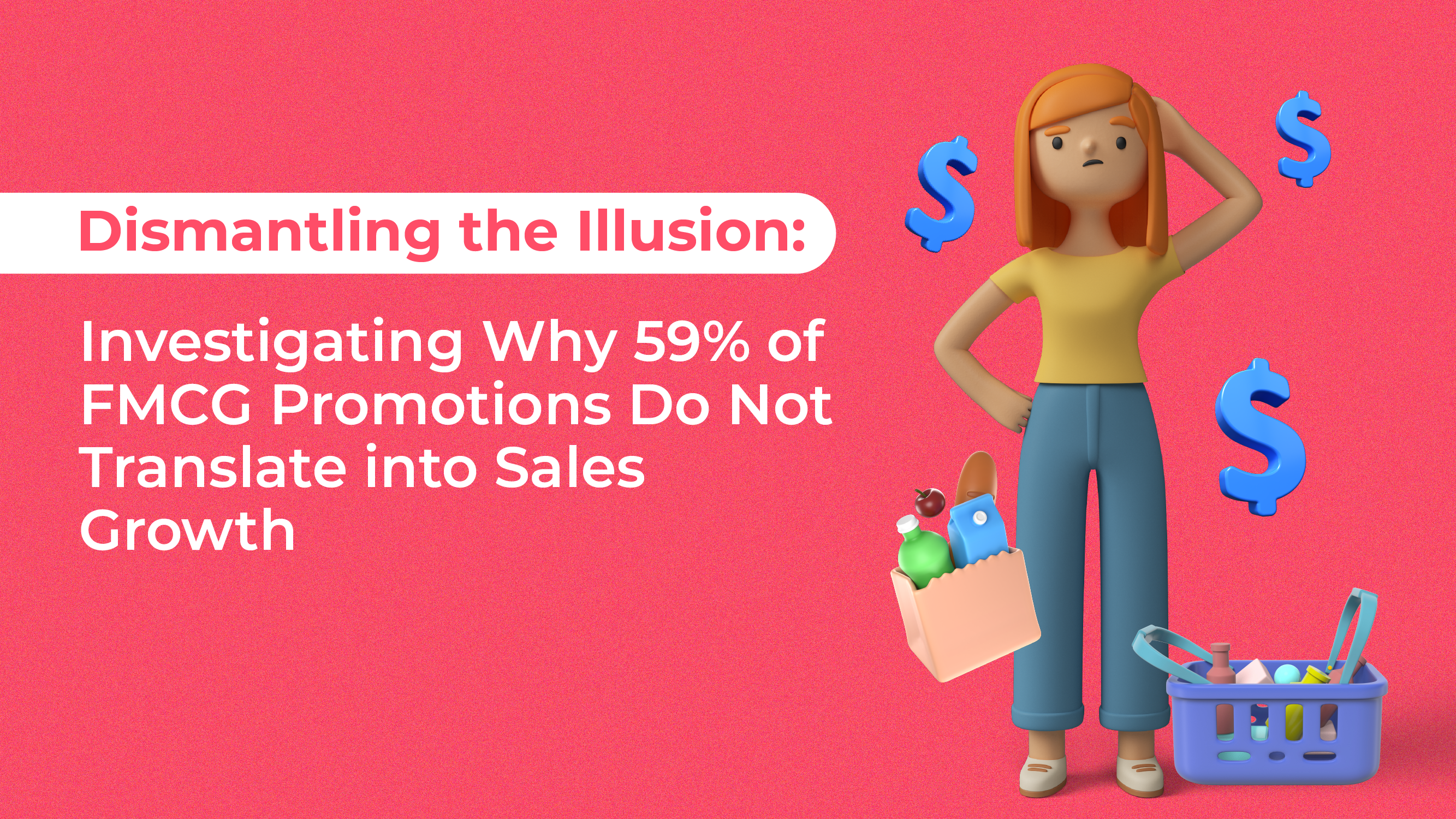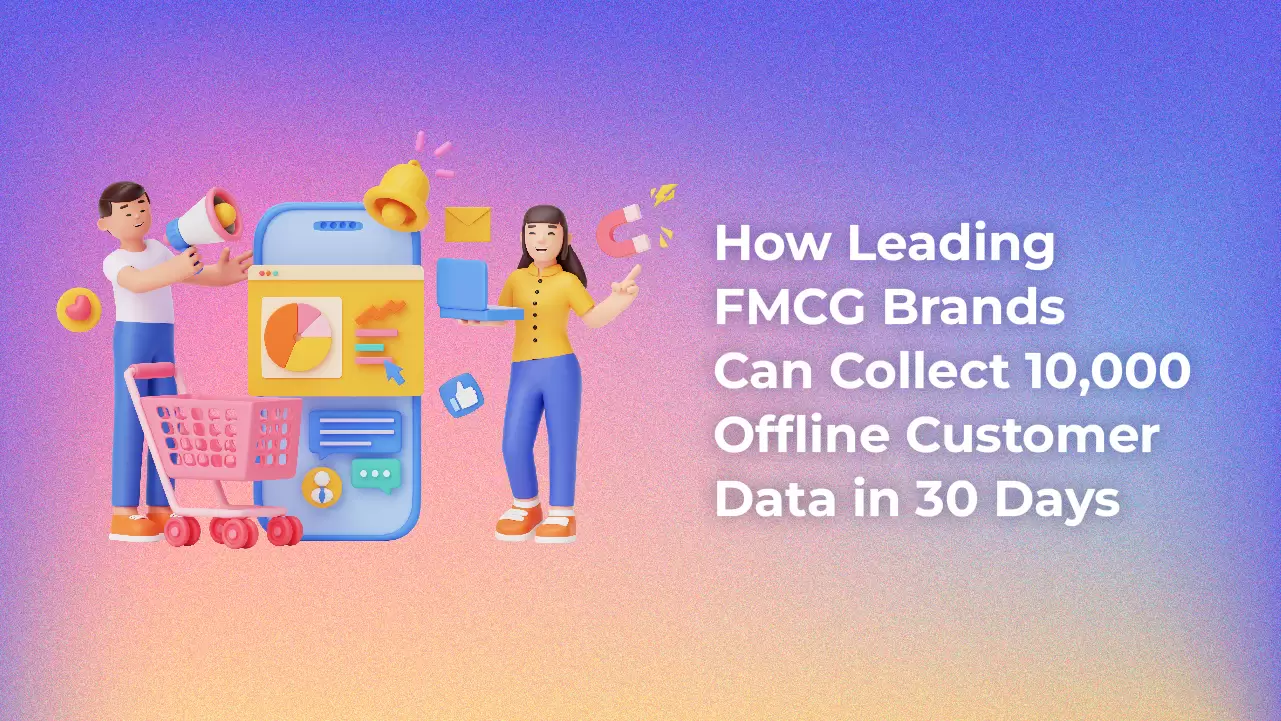Branding is always hard to get across. How do you maintain the fine line between being a business and being relatable?
If you want your business to rise above the digital noise, you’re going to require a substantial investment in branding. To get consumers to talk about your product or service, you need to make a strong, memorable impact on them.
While trying to be individualistic and creative comes with certain risks, it is an important step in creating brand awareness.
With that said, here are some strategies for making your strengthening your brand and making it more relatable.
1. Humour Is Your Best Friend
Don’t be afraid to throw in some sass or puns. Humour is an effective way of reaching your audience and helping them relate to you. Get your customers laughing and they’ll feel like they’re a part of what your brand stands for.
Some suggestions are to include jokes about your brand on your home page and in newsletters, as well as quirky captions on your Instagram posts. At times, hiring professional content creators, writers or copywriters to compose funny stories may be considered.
2. Use Simple Language To Represent Your Brand
[restrict]
Nothing bores a person more than jargon and business speaks. Being too technical is a sure-fire way to lose your potential customers. Words like “synergistic”, “actionable” and “granular” are bound to annoy your consumers.
When thinking of words, the simpler the better. Address your audience like you would your friends. After all, you want them to be a part of your journey.
3. Admit Faults When Necessary
If you make a mistake, own up to it and let your customers know how you will fix it. There will be times when your brand falls victim to bad publicity, but you can always turn it to your advantage.
For example, Facebook user Marvin Tomandao shared how Singapore Airlines went above and beyond to accommodate and tend to passengers when an SIA flight from Singapore to Manila was delayed twice and then cancelled.
In no time after announcing the delay, Singapore Airlines got to work to avert damage control by apologising for the delay, providing clear updates, rolling out free food and drinks, 5-star accommodation, and even being provided special lanes at the airport the next day for check-in.
“We were all given five-star hotel rooms, buffet dinner and limo cab service to and from the hotel”, Marvin stated in his Facebook post.
Singapore Airlines attention to detail in turning around what would have been an unpleasant situation is why the airlines has repeatedly been awarded and recognised as the best airline globally.
4. Personalize Your Content
Technology has made shopping a much easier task, but this sort of automation has made brand engagement feel less authentic. One way to address this problem is to have your staff sign their own names on social media content. This helps people relate to a person and not just some corporation that’s promoting a product or service.
Having a unified presence across all platforms is also important in personalization. This kind of “holistic” approach helps people identify with your transparent image. Once they begin to identify, they begin to trust in your authenticity.
Conclusion
In this age of social media, almost anyone anywhere can share their opinions about products and services with just a few clicks. Making a sale is no longer the a marketing success. Today, it’s more about providing an experience and ensuring that they enjoy and recall it.
If your aim is to retain long-term growth, then remember that it is the customer who holds the most power. What others “feel” when they leave your brand is what they’ll remember and pass on to others. That is what brand experience is all about.
Actionable Takeaway:
Branding is crucial not only for the reasons stated here, but because it allows consumers and clients to know what to expect from you. The key areas that are used to develop your brand include customer service, promotional merchandise, advertising, reputation and logo. Give these areas a thought when working on your branding.
[/restrict]









